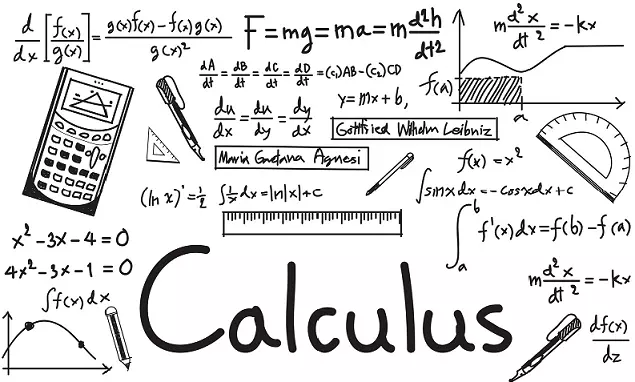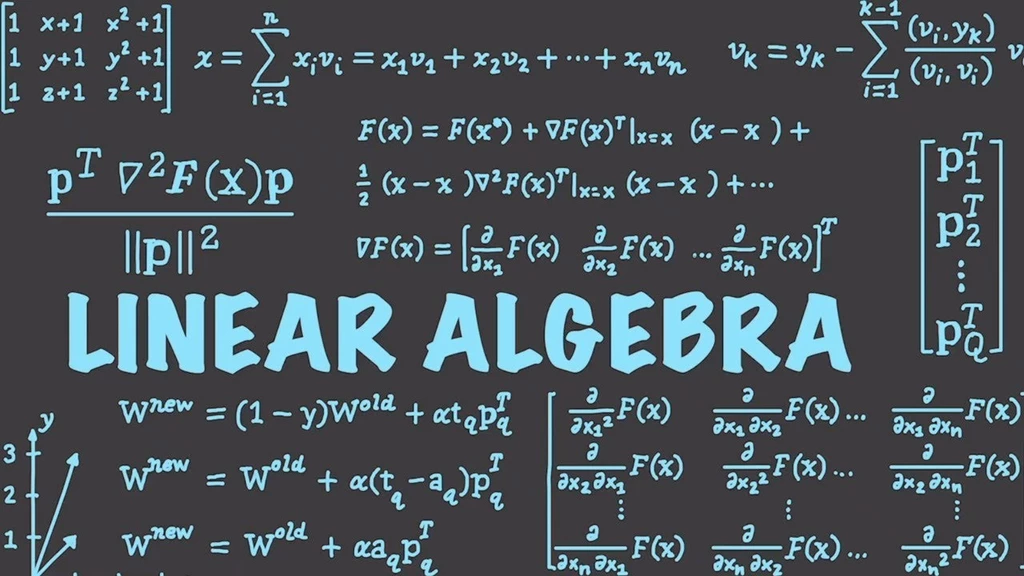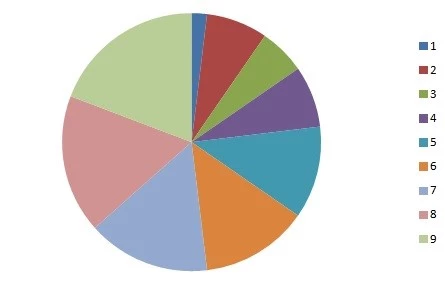Are you someone who wants to pursue a career in data science and is interested in learning more about how situations work in machine learning? Congratulations on deciding to chase the line of work that is appropriate for you at this phase in your life. Did you know that to succeed in machine learning and data science, you need to have a firm grasp of mathematics? You did not misunderstand what was said.
Regardless of how you felt about math while in school, whether you loved it or hated it, you can’t escape it. When making machine learning models, it is somewhat helpful to make strategic judgments using the fundamental ideas covered in math and statistics. As a result, if you have decided to pursue this line of work in data science, one of the requirements for machine learning, you will need to develop an appreciation for mathematical ideas and find ways to incorporate them into your life in the future.
Relationship between Machine learning and Math
Mathematical principles provide the basis of machine learning, which facilitates the development of an algorithm that can use what it has learned to create reliable forecasts. The prediction may be as simple as determining whether a collection of photographs depict dogs or cats, or it could include determining which kinds of goods to suggest to a consumer based on their previous purchases.
As a result, having a stronghold of the mathematical ideas that underpin any fundamental machine learning method is of the utmost significance. In this manner, it assists you in selecting all of the appropriate algorithms for the project you are working on involving data science and machine learning.
Since machine learning is predicated chiefly on mathematical requirements, if you can comprehend the reasoning behind applying mathematics, you will realize that studying it is more enjoyable.
With this information, you will have a better understanding of how the performance of the machine learning model is impacted, as well as why we choose one machine learning method over another.
Contribution of Mathematical Branches in Machine learning
To achieve a head start and become familiar with the most recent technologies, such as data science, machine learning, & artificial intelligence, we need to have a fundamental understanding of mathematics, be able to write our algorithms, and be able to implement algorithms that already exist to solve a wide variety of real-world problems.
Most of the challenges we face in the “real world” of business may be overcome using one of the four pillars that make up machine learning. These pillars are also used in the creation of several algorithms in the field of machine learning.
Calculus

This subfield of mathematics focuses on studying the rates at which different quantities change over time. It is concerned with improving the efficiency of machine learning models and algorithmic processes. It is impossible to calculate probabilities on the data without comprehending this notion of calculus. We cannot draw the probable outcomes from the data we gather without understanding the data.
Calculus focuses primarily on integrals, limits, derivatives, and functions as its primary areas of study. Differential statistics & inferential statistics are the two subfields that make up this branch of statistics. It is used in the training of deep neural networks via the use of backpropagation techniques.
Calculus of Differentiation uses subsets of the original data to determine how the whole thing evolves.
Calculus of Inference combines or unites the disparate parts to determine how much there is. Calculus is most often used in the process of algorithmic improvement for machine learning and deep learning. It is used to produce solutions quickly and effectively. Calculus is used by algorithms like Gradient Descent and Stochastic Gradient Descent (SGD) techniques and optimizers such as Adam, Rms Drop, Adadelta, and others.
Calculus is the primary tool that data scientists use while developing various Deep Learning and Machine Learning Models. They are responsible for improving the quality of the data outputs and maximizing the potential of the data by extracting the intelligent insights buried within it.
Probability

The term “probability” refers to the occurrence of a particular event as well as the likelihood of the occurrence of that event, calculated based on previous experiences. It is used in Machine Learning to forecast the probabilities of upcoming occurrences.
Probability is essential to almost all business applications because it enables accurate forecasting of future events based on existing data and the execution of subsequent activities. Due to the nature of their work, data scientists, data analysts, and machine learning engineers frequently use the probability notion. Their employment entails taking inputs and making predictions about the likely outcomes.
Linear Algebra

The calculation is emphasized extensively in linear algebra. It is also utilized for Deep Learning, and it is an essential part of comprehending the theory that lies behind machine learning. This not only helps us to make more informed choices but also provides us with deeper insights into the way algorithms function in our day-to-day lives. Vectors and matrices are the primary objects of study here.
To compute all of these numerical operations on the data, the Python library’s Numpy module is used, and its name comes from the word “numpy.” The NumPy library performs fundamental arithmetic operations on vectors and matrices, such as addition, subtraction, multiplication, and division, among other functions. It returns a meaningful value after the process. The representation of Numpy is in the form of an N-d array.
Without linear algebra, it would not have been possible to construct models for machine learning, manage complicated data structures, or execute operations on matrices. In addition, complex data structures could not have been manipulated. Linear algebra is used as a presentation platform for all models’ outputs, which may be seen here.
Linear algebra provides the foundation for constructing some Machine Learning algorithms, including those for linear regression, logistic reversion, support vector machines, and decision trees. In addition, we can create our machine-learning algorithms using linear algebra. When dealing with data, engineers specializing in machine learning and data scientists often turn to linear algebra to develop their algorithms.
Descriptive Statistics

When working with classifications like logistic regression, distributions, discrimination analysis, and hypothesis testing, descriptive statistics is a crucial concept every aspiring data scientist needs to understand. Descriptive statistics is a critical concept that every aspiring data scientist needs to learn.
If you had trouble understanding Statistics in school, then you need to give the mathematical aspect of statistics your full attention and effort to become a good data scientist. This is one of the essential skills you will need to have.
To put it in layperson’s terms, statistics is the essential aspect of mathematics concerning machine learning. Combinatorics, Axioms, Bayes’ Theorem, Variance and Expectation, Random Variables, Conditional Distributions, and Joint Distributions are some examples of the basic statistics required for ML.
Conclusion
You should dedicate roughly three to four months to learning and putting mathematical ideas into practice. Please refer to the resources listed above, and don’t forget to continue studying them in tandem with the machine learning algorithms to determine which algorithm is the best option for your model. This will permit you to make an informed decision.
